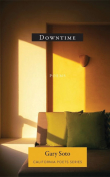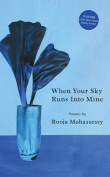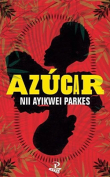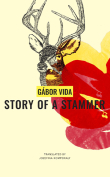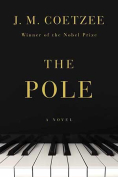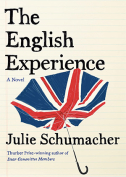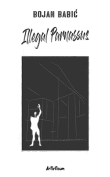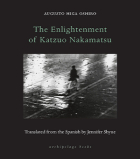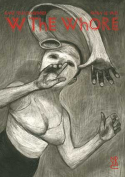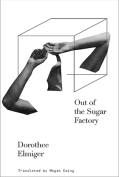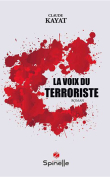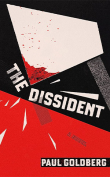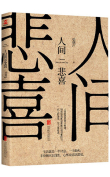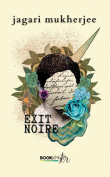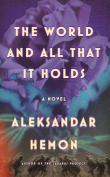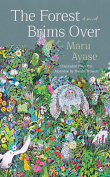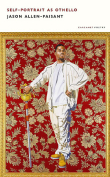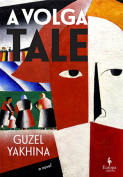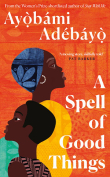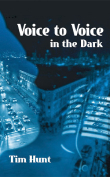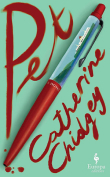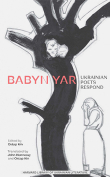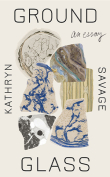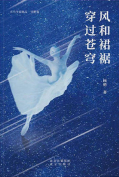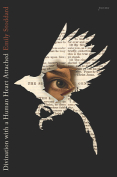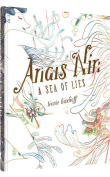Babyn Yar: Ukrainian Poets Respond
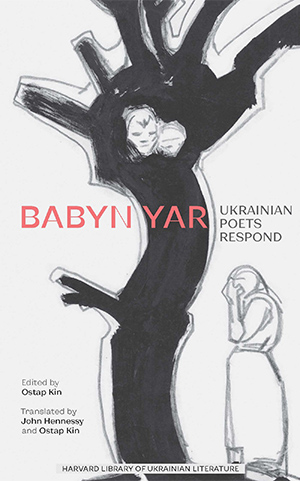 Boston. Harvard Ukrainian Research Institute. 2023. 288 pages.
Boston. Harvard Ukrainian Research Institute. 2023. 288 pages.
In September 1941, over the space of two days, Nazis executed 33,771 Kyivan Jews by machine gun at a ravine near Babyn Yar. The ravine, a persistent place of execution during World War II, was not adequately memorialized in Ukraine for decades. There were plans after the war to fill the ravine with industrial wastewater and pave it over. Ostap Kin observes in his introduction to Babyn Yar: Ukrainian Poets Respond, an anthology of poems by Ukrainian Jewish and non-Jewish poets of the Soviet and post-Soviet periods, as the city undergoes reconstruction and modernizations in the following decades: “It also loses its quality as a direct witness of the crime, and so it is being stripped of its memory, its value as a witness.”
The poems in Babyn Yar offer readers a counternarrative to historical amnesia in reaction to the senseless mass murders that took place at Babyn Yar. The anthology is not a paving over of the past but instead an imaginative excavation into it, written by twenty-four poets between the years of 1941 to 2018. Edited by Ostap Kin and translated by Kin and John Hennessy, these poems trace different decades and artistic movements in Soviet and post-Soviet Ukraine; Kin’s goal is to highlight poems written across time and distinct literary traditions as various poets consider: “What words can be used to at least broach these events, if not to transmit them? How should one start this conversation with, in, and about the past?”
The collected works memorialize the lives lost to war vividly and intimately. In Arkadii Anin’s poem “Monologue of a Monument Never Built,” Anin writes: “I look everyone in the eyes. / I’m a rock, a place of testimony, / I’m a milestone . . . Come and listen— / the earth / breathes with people.” Anin’s poem recalls Gunter Demnig’s Holocaust memorial Stolperstein or “stumbling stones” installation project in Germany. In Berlin’s sidewalks, Demnig installed brass blocks inscribed with the names and details about the deaths of Jewish people outside the houses where they once lived. The past is a painful interruption in Demnig’s work and in the early journalism about Babyn Yar by Oleksii Poltorats’kyi—included in this anthology—who visited the ravine after the war and told American reporters: “I went out to [Babyn Yar]. . . . As I walked along I tripped over the torn shoe of a little child. I have never gone back there since.”
To go back imaginatively in time, to revisit the ravine, is not easy. Yet if a horror is so grave it becomes unseeable, unspeakable, silence drifts into the present and future—a thick fog between generations. The trauma and difficulty of speaking about the massacres at Babyn Yar to future generations, who did not live through the war, is explored in Ivan Drach’s poem “[On June 22, 1966, at five in the afternoon].” Twenty years after the war, a father and son drive by the ravine, “the evening sun thickened in a sleepy cloud.” There is a drugged effect to this line, the calm forced, somehow: the thick sun, the cloud asleep. Later in the poem: “Frail maple trees withered in the heat / and my son slept on my lap / and he dreamt of a wild horse in the weeds / somewhere pile drivers pounded firm ground / and someone shoveled sky over me / firm with the roots of clouds . . . and I instinctively shielded my son.”
Temporally and stylistically expansive, Babyn Yar keeps company with other recent poetry that confronts the costs of war and genocide: Solmaz Sharif’s Look, Monica Sok’s A Nail the Evening Hangs On, and Ilya Kaminsky’s Deaf Republic. Each poetic work catalogs grief intimately in the aftermath of political violence. That the Russia–Ukraine War is ongoing at the time of this writing infuses the anthology with a terrible urgency. Remembering the victims of Babyn Yar, Pavlo Tychna writes: “I want to sing your strength.” Eight decades after the massacres of the Ukrainian Jewish population during the Holocaust at Babyn Yar, the collection echoes across time and sings the strength of Jewish survival.
Kathryn Savage
Minneapolis College of Art and Design
